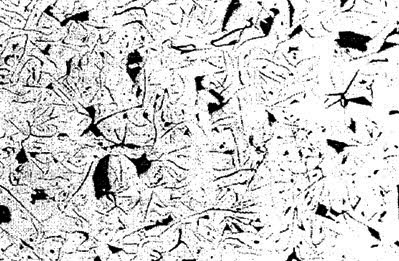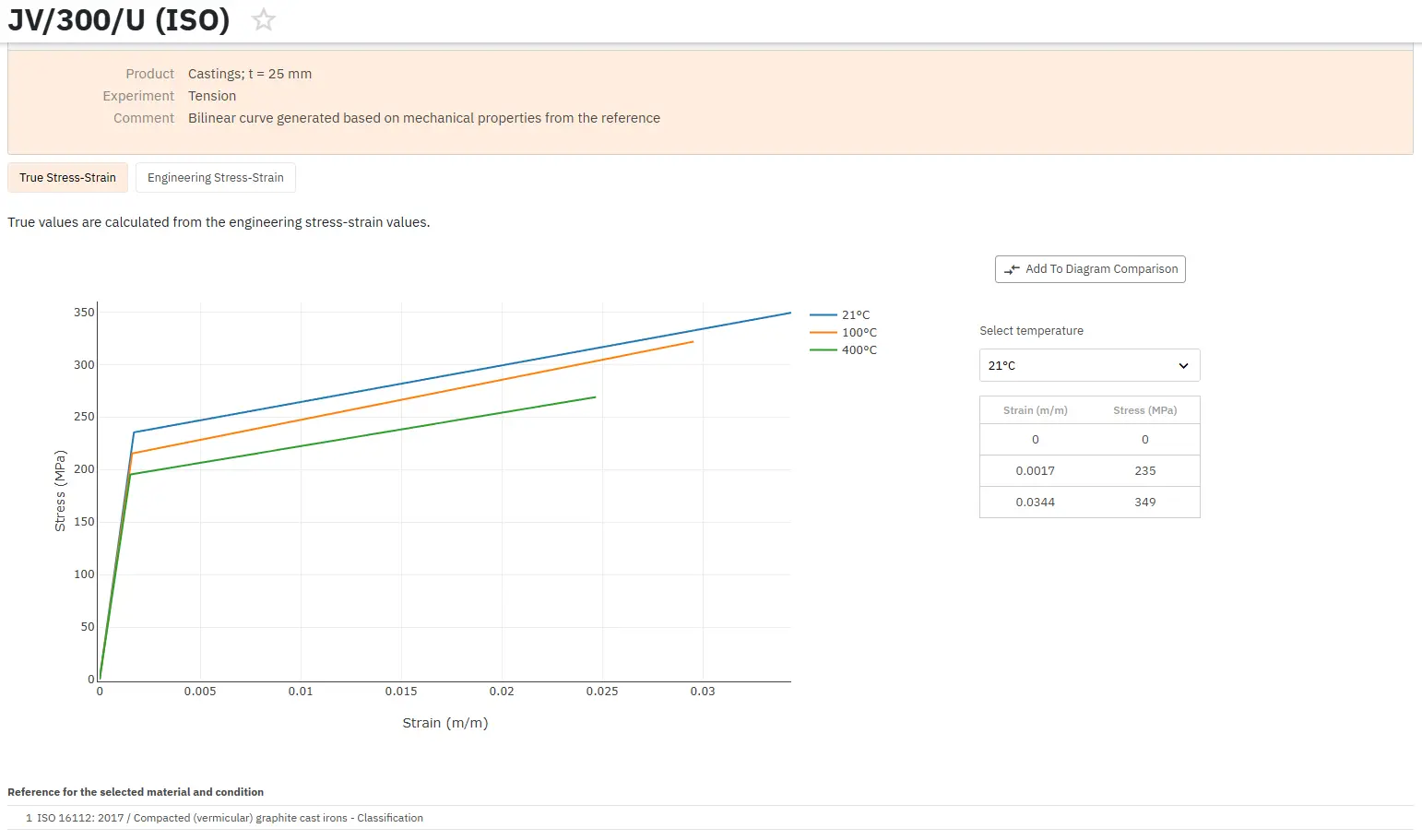High Silicon Cast Iron
Abstract
High silicon cast iron, containing silicon content above 14.5%, represents a significant advancement in corrosion-resistant materials. This article examines the material's chemical composition, microstructural characteristics, and technological properties. The material offers exceptional corrosion resistance comparable to or exceeding that of chromium and nickel-based alloys, while providing substantial cost advantages. Despite challenges including brittleness and limited machinability, high silicon cast iron demonstrates remarkable resistance to various acids and corrosive environments. The study explores its applications in industrial settings, particularly focusing on pump components and anode castings, while examining recent developments in rare earth additions for enhanced performance.
Introduction to High Silicon Cast Iron: Composition and Properties
High silicon iron-based alloys represent a crucial category of corrosion-resistant materials, distinguished by their silicon content exceeding 14.5%. These alloys demonstrate superior corrosion resistance compared to traditional cast irons containing chromium, nickel, or molybdenum, and can even outperform certain nickel-based alloys under severe corrosive conditions. Their effectiveness stems from the formation of a protective silicon dioxide (SiO2) film, which provides exceptional resistance against various corrosive environments.
While offering significant advantages in corrosion resistance and cost efficiency, these materials present certain challenges. The inherent properties include relatively low strength and impact toughness, coupled with high hardness and brittleness. Additionally, they exhibit poor weldability, low thermal conductivity, and a high thermal expansion coefficient, which can lead to casting defects during production.
Material Characteristics and Standardization
High silicon cast irons constitute the fifth class of corrosion-resistant cast irons, with silicon content ranging from 12% to 18%. The critical threshold of 14.2% silicon is essential for developing optimal corrosion resistance. These materials are standardized under two main specifications:
- ASTM A 518/518M (Grades 1, 2, and 3)
- BS 1591:1949/1995
Table 1. Chemical composition according to BS 1591
| Element | Standardized (%) | The Most Used (%) |
| C | 0.35 - 1.0 | 0.5 - 0.8 |
| Si | 14.25 - 15.25 | 14 - 16 |
| Mn | max 1.0 | 0.03 - 0.8 |
| S | max 0.1 | 0.007 |
| P | max 1.0 | 0.1 |
The corrosion resistance properties increase proportionally with silicon content; however, this comes with a corresponding decrease in mechanical properties and machinability. For practical applications, silicon content is typically maintained between 14% and 16%, which provides an optimal balance between corrosion resistance and workability. This range ensures the formation of a continuous protective SiO2 film, which forms readily due to silicon's high affinity for oxygen.
Microstructural Characteristics
The iron-silicon system forms a solid solution where silicon significantly influences the melting point of iron. A distinctive feature of this alloy is its extremely narrow temperature interval between liquidus and solidus, which minimizes silicon segregation during solidification. Silicon's presence reduces the gamma-iron region, shifting transformation points to higher temperatures. At 17% silicon content, these points are elevated by approximately 50°C, explaining the formation of coarse grains during heat treatment processes such as annealing, recrystallization, and quenching.

Figure 1. Microstructure of high silicon cast iron
Carbon's role in the Fe/Si system, while not altering the basic phase configuration, reduces both the solidification interval and silicon content at the eutectic point. In the microstructure, carbon appears as lamellar graphite in various forms: fine lamellae, coarse lamellae, and small bars. Rapid cooling conditions may lead to carbide formation immediately after solidification.
Technological Properties and Manufacturing
High silicon cast iron's excellent castability derives from its elevated silicon content. The most effective casting compositions occur near the eutectic point, where low melting points and narrow solidification temperature intervals optimize the manufacturing process.
Corrosion Resistance Performance
The material's exceptional corrosion resistance develops through a protective mechanism where iron atoms separate from the silicon-ferritic lattice, allowing silicon atoms to oxidize and form a protective silicon dioxide (SiO2) film. This barrier provides outstanding resistance against:
- Sulfuric and nitric acids at various concentrations and temperatures
- Phosphoric acid, organic acids, and nitrogen oxides
- Carbon disulfide and aluminum chloride solutions
Industrial Applications and Future Developments
Current applications focus primarily on pump components and small anode castings, though size limitations and manufacturing challenges restrict broader implementation. Recent research explores large-scale casting applications, particularly in steelworks descaling equipment. The integration of rare earth elements shows promise for specialized applications, especially in electrical anode protection systems.
Access Precise Properties of Cast Irons Now!
Total Materia Horizon contains property information for 11,000+ cast irons: composition, mechanical and physical properties, nonlinear properties and much more.

Get a FREE test account at Total Materia Horizon and join a community of over 500,000 users from more than 120 countries.